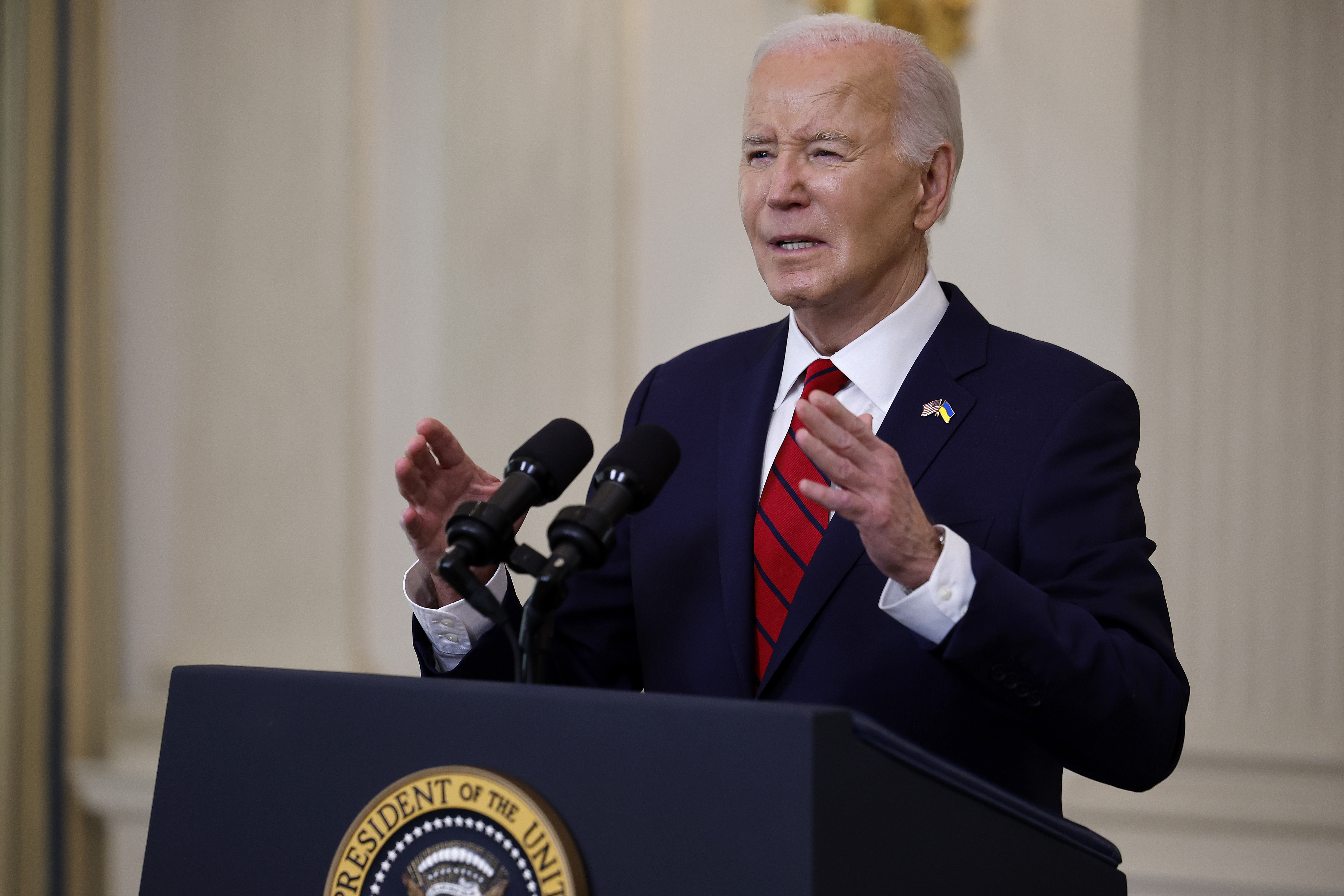PG&E was hit Tuesday with $1.4 billion in penalties by the California Public Utilities Commission for safety violations related to the 2010 gas pipeline explosion in San Bruno.
The new fines and penalties bring the total amount Pacific Gas & Electric Co. has been ordered to pay in the wake of the explosion -- which killed eight people and injured 66 others on Sept. 9, 2010 -- to more than $2 billion.
The CPUC said the figure reached by two administrative law judges over the San Bruno pipeline explosion reflected nearly 3,800 violations of state and federal law, regulations and standards by PG&E in the operation of its gas pipelines. [[102597364, R]]
The penalty is meant to ``send a strong message to PG&E, and all other pipeline operators, that they must comply with mandated federal and state pipeline safety requirements, or face severe consequences,'' Timothy J. Sullivan, one of the two judges, wrote in the order.
The largest share -- $950 million -- of the penalty is a fine to be paid directly to the state. That amount drew objections from city officials in San Bruno, the utility and a private ratepayers-advocacy group that the overall penalty should be focused on spending for the safe operation of the aging pipeline network.
``We are accountable and fully accept that a penalty is appropriate,'' the utility said in a statement.
U.S. & World
Asked whether PG&E would appeal, utility spokesman Greg Snapper said, ``We're reviewing the decision and believe that any penalty should go toward pipeline safety.''
The recommended penalty requires approval by members of the state utility board. PG&E and other parties in the case have 30 days to lodge an appeal.
The commission previously ordered PG&E to pay $635 million for pipeline modernization in the wake of the Sept. 9, 2010, blast in the suburb of San Francisco. The explosion destroyed more than three dozen homes and was California's deadliest utility disaster in decades.
The blast occurred when a 30-inch natural-gas transmission line installed in 1956 ruptured. At the time, survivors described the heat of the blast burning the back of their necks like a blowtorch as they ran away.
The $1.4 billion penalty also includes $400 million for pipeline improvements, and about $50 million to enhance pipeline safety. PG&E cannot recover any of the money from customers, including the earlier $635 million penalty, although a ratepayers' group called The Utility Reform Network maintained PG&E could raise rates in other rate cases to indirectly offset the penalty.
Sending $950 million to the state's general fund, with no strings attached, means it could be spent in any way the governor and Legislature see fit, said H.D. Palmer, a spokesman for the state Department of Finance.
The public utility commission staff recommended in July that the utility pay at least $300 million in fines.
San Bruno city officials were just beginning to study Tuesday's decision but on first read believed the overall judgment fell short of what was needed to ensure PG&E upgraded pipeline safety as much as necessary, city manager Connie Jackson said.
San Bruno Mayor Jim Ruane commends the record-setting penalty but said he is disappointed the decision does not include independent oversight to ensure the CPUC and PG&E Follow through on pipeline safety plans.
“We need a revamping,” Ruane said. “We’ve asked for an independent monitor to any future actions by the PUC and the utility – any utility – and a pipeline safety trust who in some way is overseeing that and implementing safer pipeline regulations going forward. So, it’s a very unfortunate situation.”
The mayor said the city is also upset the majority of the fine is going to the state’s general fund.
“This reflects, if you will, a payday for Gov. Jerry Brown, when we believe this money should be directed instead to a safer pipeline system,” Ruane said. “I call on the governor to see that these funds are reinvested for pipeline safety.”
The penalty was historic in terms of financial charges levied against utilities on safety violations, said Britt Strottman, a lawyer for San Bruno. However, ``a lot of the utilities do not cause the same amount of devastation and destruction that was a result of the PG&E explosion in San Bruno,'' Strottman said.
A 2011 investigation by the National Transportation Safety Board concluded the rupture occurred in a weak weld in a pipeline that PG&E records had shown as being smooth and unwelded. Among other safety failings, PG&E let 95 minutes go by before shutting off the natural gas that was fueling the fire, the federal investigators said.
That same 2011 federal investigation also faulted what it called the California Public Utilities Commission's weak oversight of the utility, which serves customers in the northern two-thirds of California. [[102638299, L]]
The San Bruno blast prompted congressional hearings on pipeline safety and recommendations from the National Transportation Safety Board and other government bodies that utilities intensify their oversight of decades-old natural gas lines.
This year, federal prosecutors separately indicted PG&E on 27 counts alleging the utility violated pipeline safety requirements.
PG&E faces additional fines of more than $1 billion if convicted of the federal charges, which are separate from the state financial penalties. PG&E has pleaded not guilty to the counts.
Separately, PG&E was hit with about 160 lawsuits from people who lost family members, suffered injuries or had property damage.
Bay City News and The Associated Press contributed to this report.



